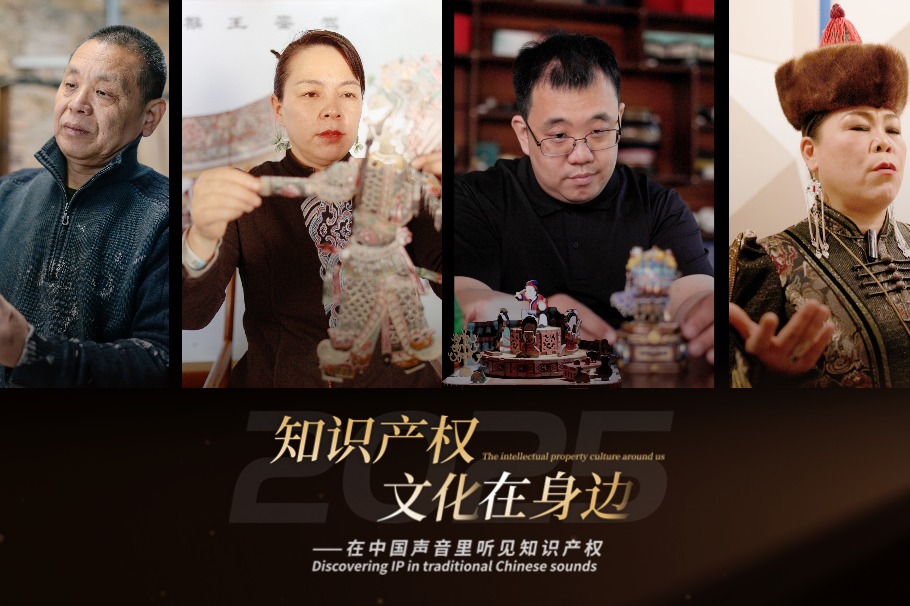Tibet Since 1951: Liberation, Development and Prosperity

VI. Protection and Development of Traditional Culture
China attaches great importance to the protection and development of traditional Tibetan culture. It has invested huge human, financial and material resources to protect, develop and carry forward the fine traditional culture of Tibet through a variety of legal, economic and administrative means.
? The Tibetan spoken and written language is widely used.
The study and use of the Tibetan language is protected by law. Since the founding of the Tibet Autonomous Region, the resolutions and regulations adopted by its people's congress, and the official documents and announcements by governments at various levels and government departments have all been issued in Chinese and Tibetan. The two languages are used in large meetings and major activities organized by local governments, enterprises and public institutions. In judicial proceedings, the Tibetan language is used to hear cases and make legal documents in accordance with the needs of Tibetan litigants, so as to guarantee the right of Tibetan citizens to use the language for litigation. Tibet now has 16 periodicals and 12 newspapers in the Tibetan language, and has published more than 40 million copies of 7,185 Tibetan-language books. In addition, the language is widely used in health, postal services, communications, transport, finance, and science and technology.
Tibetan classics are protected and utilized. In 1984, the state allocated funds for the establishment of the Archives of the Tibet Autonomous Region, which houses and preserves a large number of precious Tibetan archives. The archives in its collection now number more than 3 million items. The state supports the collection, collation, translation and publication of important Tibetan classics. It has organized the collation and publication of the Tibetan-language Chinese Tripitaka, the rescue and collation of the epic Life of King Gesar, and the publication of many valuable Tibetan classics, including the Collected Works of Ancient Tibetan Scholars, Library of Chinese Classics: Tibet Volume, and the Library of Snowfield Classics series.
The standardization of Tibetan terminology is high on the state agenda. In 1995, the National Working Committee for the Standardization of Tibetan Terminology was established. In 2018, the working committee issued the New Tibetan Terms Approved Since the 18th National Congress of the Communist Party of China, which contains nearly 1,500 new terms. Remarkable results have been achieved in employing the Tibetan language in IT and in the research, development and promotion of Tibetan-language software. In July 1997, the Tibetan coded character set was officially adopted, and became an important part of the Information Technology -Universal Multiple-Octet Coded Character Set. The Tibetan language thus became the first ethnic-minority language in China with an international standard and a pass to the global information superhighway. In 2004, the People's Government of the Tibet Autonomous Region and the Ministry of Information Industry signed the Cooperation Agreement on the Development, Promotion and Application of Tibetan-Language Software, on which base a core set of Tibetan-language software was developed, including input method, operating system, office software, and web browser. At the end of 2015, the national standard Information Technology -Vocabulary in Tibetan was officially released, which marked the birth of China's first national standard vocabulary for information technology in an ethnic-minority language.
? Customs and habits are fully respected.
The state respects and protects the rights of all ethnic groups in Tibet to live and conduct social activities in accordance with traditional customs and habits. While maintaining their traditional ways and styles of dress, diet and housing, people of all ethnic groups have also absorbed many new and modern cultural customs. The Tibetan New Year, the Shoton Festival in Lhasa, and the Horse Racing Festival in Nagqu are among a large number of cultural and traditional festivals that have been conserved and upgraded. In recent years, various cultural and tourism festivals, such as the Commemoration Day for the Liberation of One Million Serfs in Tibet, the Mount Qomolangma Culture and Art Festival in Xigaze, the Yarlung Cultural Festival in Shannan, and the Peach Blossom Festival in Nyingchi, have enriched the lives of Tibetan people and showcased their vitality in the new era.
? Cultural heritage is effectively protected and passed on.
Over the past few decades, Tibet has organized large-scale and systematic surveys, and the collection, collation and research of cultural heritage. A total of 4,277 cultural relics sites of all kinds have been examined and registered. Tibet has 1,985 cultural relics sites under the protection of governments at different levels, of which 70 are under state protection. Since restorative work was done on the Jokhang Temple in 1972, the state has continued to invest huge funds in the maintenance and protection of the Potala Palace, Norbulingka, Jokhang Temple and other cultural relics and historic sites. From 1989 to 1995 alone, the state invested more than RMB200 million in the maintenance of the Potala Palace and the expansion of its square. At the end of 2018, the state launched a 10-year project to protect and utilize cultural relics of the Potala Palace-mainly ancient books and documents-at an investment of RMB300 million. From 2006 to 2020, the state allocated more than RMB3.4 billion for the maintenance of 155 cultural relic sites under protection, including the renovation and expansion of the Tibet Museum. Thirty-five villages have been added to the list of Traditional Chinese Villages, and central government funding of RMB69 million has been used to protect elements of agricultural civilization and cultural heritage and to improve the living environment of farmers and herdsmen.
The state makes a point of supporting the inheritance and development of Tibetan medicine. It established the University of Tibetan Medicine, which has trained more than 7,000 professionals in this field. It has standardized the diagnosis and treatment of Tibetan medicine. There are 44 public Tibetan medical institutions in Tibet, and about 94 percent of township health centers and 42 percent of village health clinics provide Tibetan medicine services. Industrial production of Tibetan medicine has been scaled up and standardized, and a basic Tibetan medicine industry chain has taken shape. Seventeen Tibetan medicine manufacturers in Tibet have passed GMP certification, and 311 Tibetan drugs have been approved by the state. The state has launched a project to collate ancient books on ethnic medicine. By 2020, 145 ancient books on Tibetan medicine, astronomy and calendars had been collated, published and distributed. Over the years, the state has compiled and published more than 300 ancient books on Tibetan medicine, and collected more than 600 volumes of rare ancient books.
Since 2006, the state has invested a total of RMB209 million in Tibet in the following areas-protecting intangible cultural heritage (ICH) items on the national representative list, taking steps to record and conserve the knowledge and skills of the bearers of the ICH items on the national list, training ICH practitioners, and assisting them to set up sites for the protection and utilization of intangible cultural heritage and pass on their skills. Tibet now has three items (Gesar, Tibetan opera and Lum medicinal bathing of Sowa Rigpa) included on the UNESCO Intangible Cultural Heritage List. There are 89 items on the national ICH list with 96 state-level representative bearers, 460 items on the regional list with 522 regional-level representative bearers.


































